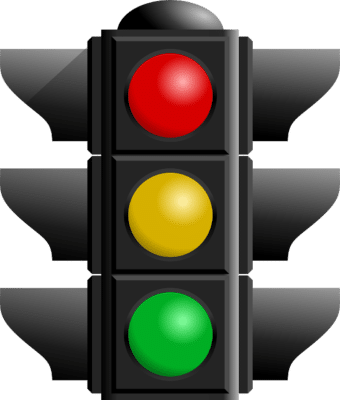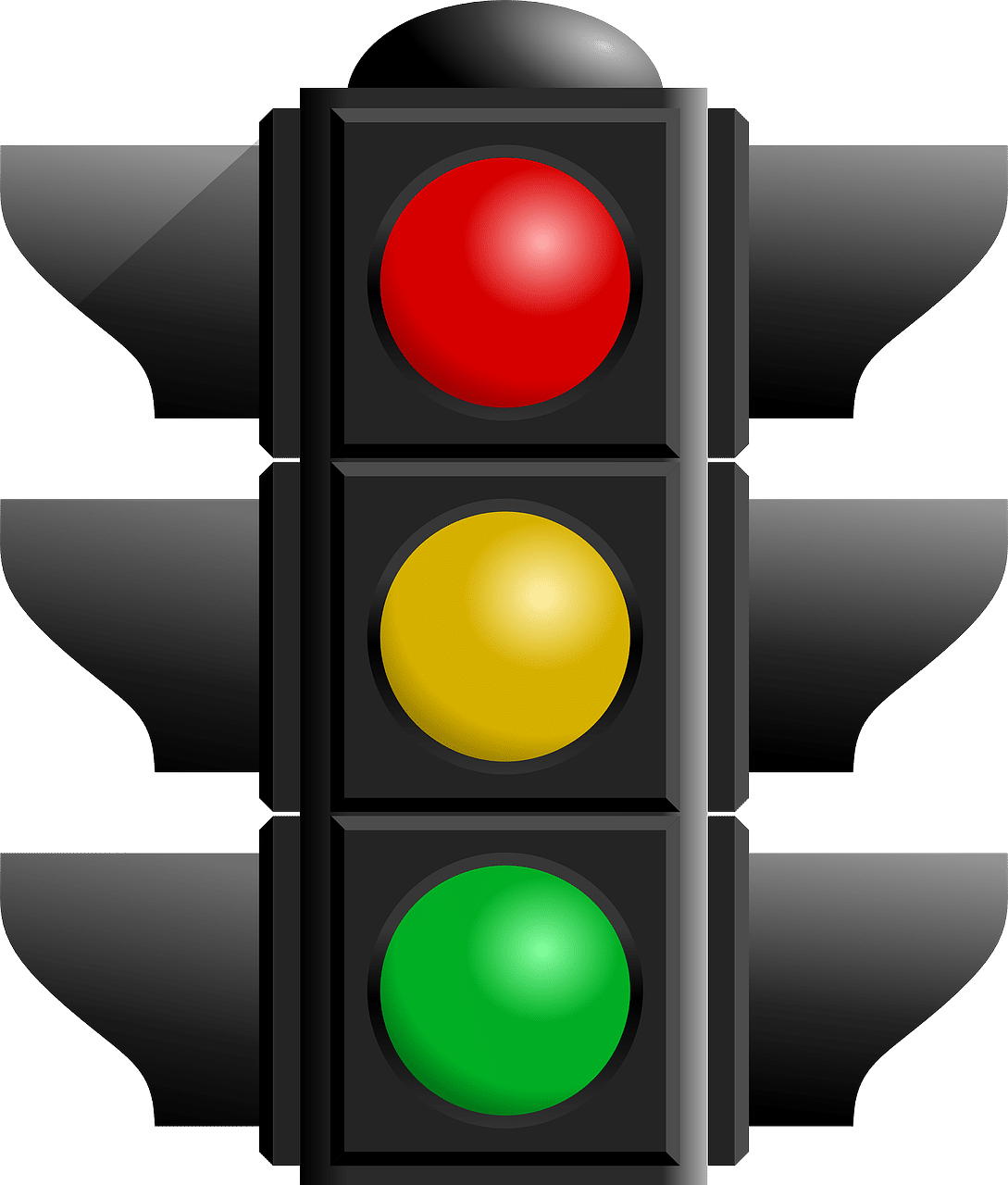I recently completed a training session with teachers in Alaska. As I almost always do, I learned a new classroom management strategy from a teacher in my audience – something I hadn’t thought of in the classroom context.
You may have heard of the Yacker Tracker. It’s a device that is shaped like a traffic light with green, red, and yellow lights that monitors the noise level in a room. When the noise level is acceptable, the green light illuminates. When the noise level rises, the yellow light turns on and the green light turns off. And when the noise level becomes unacceptable, the red light turns on.

What’s great about the Yacker Tracker is that you can set the decibel levels for green, yellow and red – important because one classroom’s “quiet” level is another classroom’s “loud.” (Think of a band room vs. a library.) It can also be operated manually using a remote control, in case the teacher needs to quickly signal a class to be quiet or to resume normal chatting.
I’ve seen this device used in cafeterias, where noise levels can rise to an intense level, but I’ve never heard of it being used in the classroom. When the teacher explained to me how the Yacker Tracker was used, it made sense. Noise level when attempting group work, or during some co-teaching implementations, is often raised as a significant concern among teachers I’ve worked with.
In what kinds of implementations would this device be useful?
General classroom noise: The buzz of conversation just before class begins, or during short breaks during the period, can quickly rise.
Co-teaching implementations: Split-session activities like One Review One Run Lab can generate plenty of noise from the less structured group, or when switching groups.
Noise-sensitive students: In classrooms with students who react negatively to excessive noise, the device can be set to keep overall noise to a comfortable level.
Noise awareness: Some children are not aware of the level of noise they are making; the device is a visual signal that improves their awareness and control.
Now, the Yacker Tracker is pricey, but teachers might be able to create low-cost or even no-cost visual cues that are similar and save their voice – and their sanity!
One idea is to use red, yellow and green paper and cut out large circles from each. Then, designate a section of the classroom wall or whiteboard that can be easily seen by the students. Explain to the students that the green circle is in place at the start of the class and will stay there as long as the noise level is acceptable. If it starts to rise noticeably, the teacher replaces it with the yellow circle as a warning, and the red signal if it’s too large.
What tools or techniques do you use in your classroom to manage noise? Leave your ideas in the comments below!
 Explore even more tips, tools, and resources for collaboration at TheHowofCo-teaching.com!
Explore even more tips, tools, and resources for collaboration at TheHowofCo-teaching.com!
Bring Susan to your campus!
Featured seminar – Co-teaching and Collaboration

